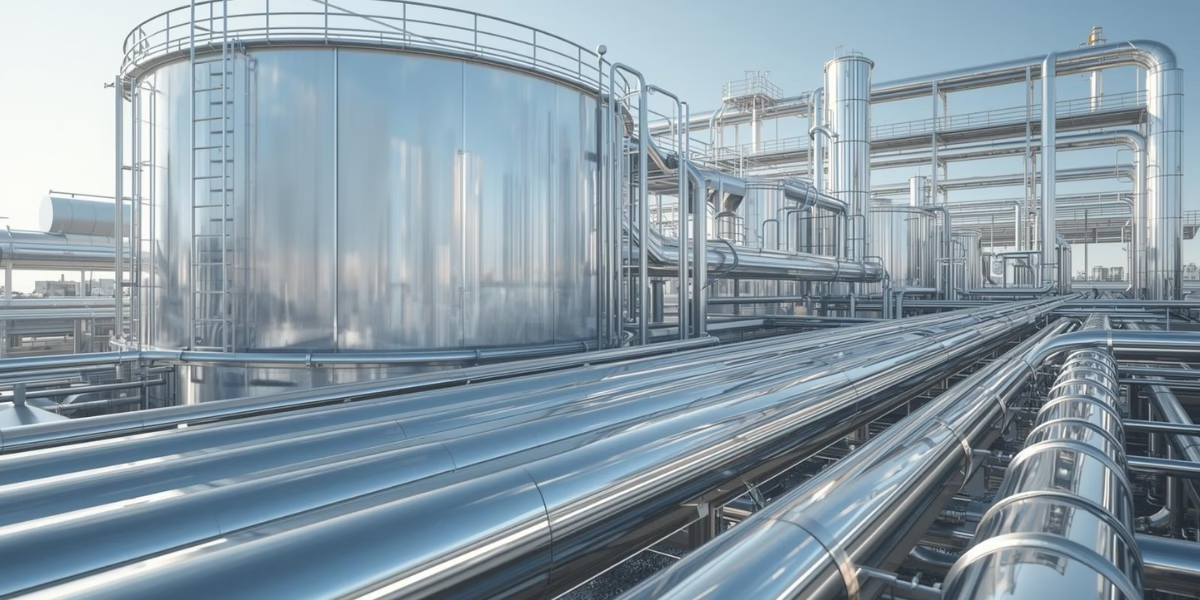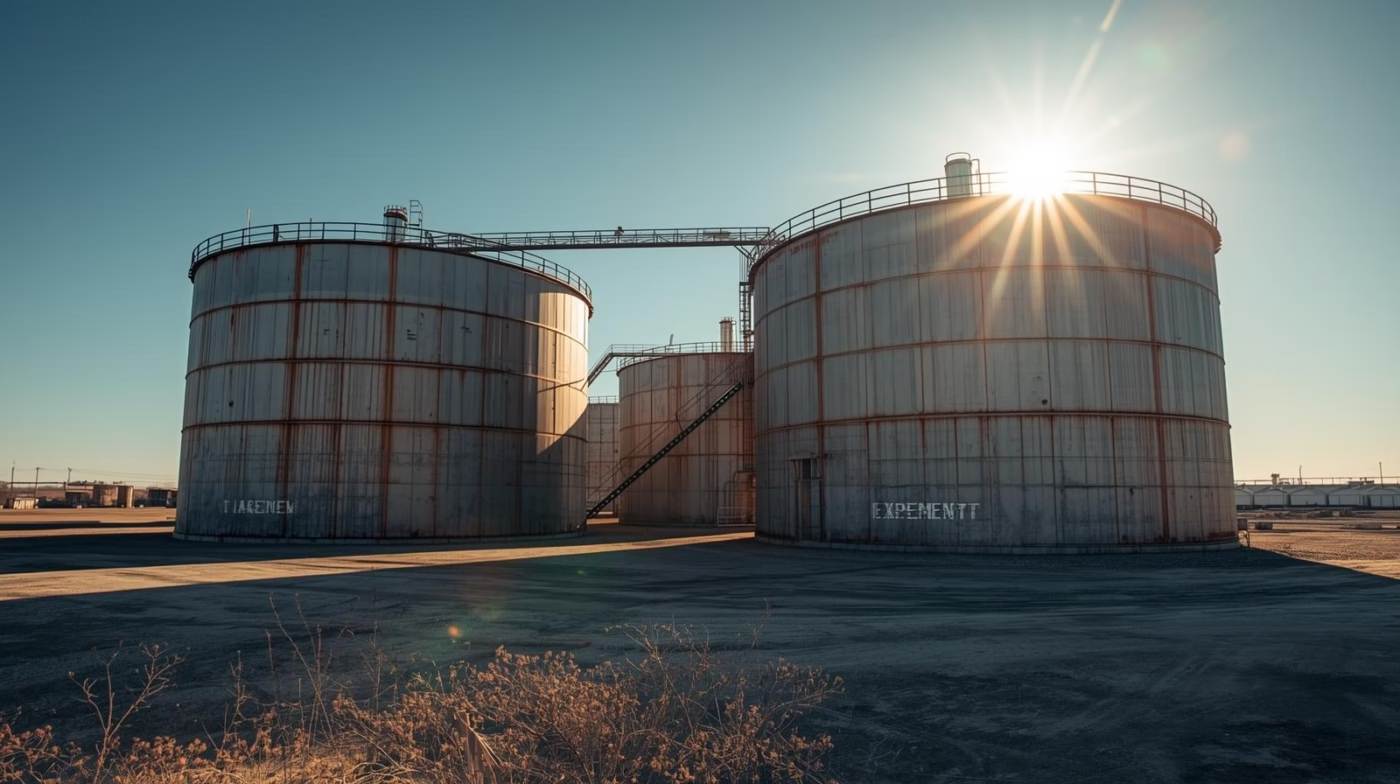Discover how Pultrusion Resin drives lightweight, durable, and flexible designs in modern transportation from rail to electric vehicles. Transportation today is evolving faster than ever. Efficiency, performance, and sustainability are not counted as option, they are essential. To meet these goals, engineers and manufacturers are turning to composite technologies that deliver strength without the weight. […]
Author Archives: CREST
Discover how Vinyl Ester Resin enhances water and wastewater treatment systems with exceptional corrosion resistance, chemical stability, and long-term performance. Water and wastewater treatment plants face some of the harshest conditions in industrial environments. Corrosive chemicals, constant moisture, and varying temperatures can degrade traditional materials over time. To ensure long-term performance and safety, industries rely […]
Discover how Filament Winding Resin enhances chemical storage tanks and pressure vessels with superior corrosion resistance and chemical stability for long-term industrial performance. In chemical processing plants, safety and longevity depend on material performance. Equipment like storage tanks and pressure vessels are constantly exposed to harsh acids, alkalis, and solvents. Traditional metal tanks corrode quickly, […]
Discover how Silicone Polyester Resin enhances automotive heat protection. From engine bays to exhaust systems, delivering durability, gloss, and thermal stability for high-performance vehicles. In today’s automotive world, performance and protection go hand in hand. Vehicles operate under extreme heat, especially around engines and exhaust systems. To ensure durability and lasting performance, manufacturers rely on […]
Discover how fire-retardant gelcoats are transforming composite safety across the marine, transport, and construction industries, offering durability, aesthetics, and protection in one surface solution. In the modern industrial world, safety has evolved from being a necessity to becoming the benchmark of operations. Whether in construction, marine, or transportation sectors, manufacturers are constantly searching for materials […]
Discover how reactive polyamide resin enhances toughness and durability by working as the protective coating. Learn why it’s the go-to choice for high-performance applications in many industrial sectors. In industries where reliability and performance matter most, materials must endure heat, moisture, and chemical exposure. Reactive polyamide resin stands out as a solution that strengthens coatings […]
Composite materials are transforming industries that demand high strength, light weight, and long-term durability. Among these, vinyl ester resin stands out for its unique balance of mechanical and chemical resistance. From marine hulls that battle saltwater corrosion to wind turbine blades that endure constant stress, vinyl ester resin forms the backbone of many high-performance composite […]
Discover how DMC resin impacted industrial part production with superior strength, dimensional accuracy, and cost efficiency. Learn its key advantages and applications in modern manufacturing. Industrial Manufacturing: Where Precision Matters In industrial manufacturing, performance and precision define success. Materials must deliver strength, consistency, and long service life under challenging conditions. Dough Moulding Compound resin has […]
Discover how acrylic resins enhance protective coatings for industrial machinery and metalwork, delivering superior corrosion resistance, gloss stability, and durability in harsh environments. Industrial equipment and metal components are exposed to tough conditions like heat, moisture, chemicals, and constant wear. Without proper protection, these factors can cause corrosion and surface degradation, reducing operational life. Acrylic […]
Modern buildings need coatings that do more than good look. They must protect surfaces, last long, and handle tough outdoor conditions. Acrylic resins have become the top choice for exterior coatings because they offer excellent weather resistance, strong colour retention, and long-lasting durability. This article explains how acrylic resins help create sustainable and attractive finishes […]









